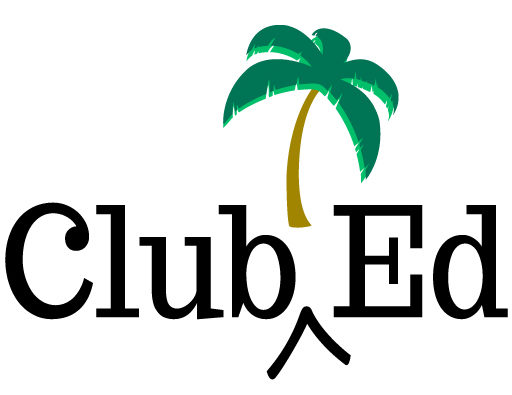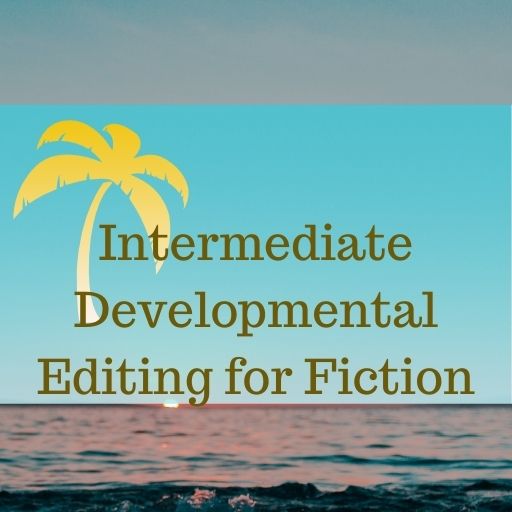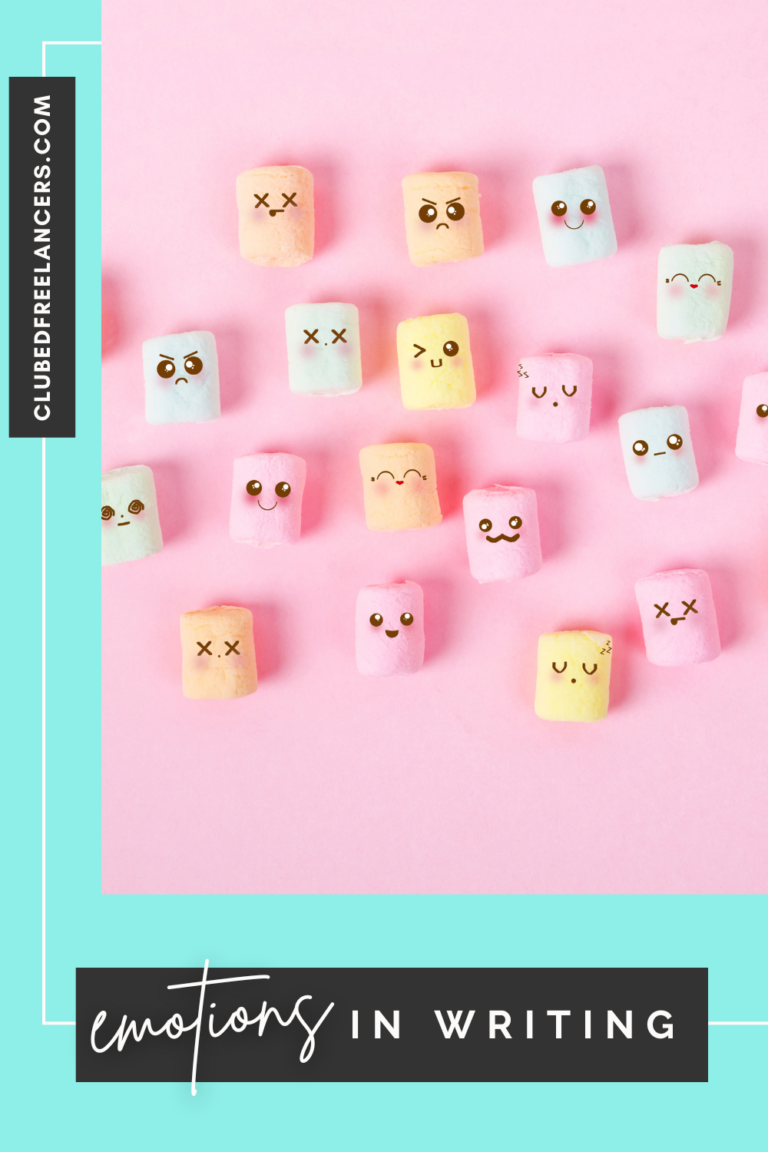Creating a cohesive developmental edit
The goal of every editor should be that of providing a cohesive developmental edit for a manuscript.
A lot of the skill in developmental editing is just keeping your mouth shut. Not every single thing you notice needs to be commented upon. It doesn’t make the author’s revision go more effectively when you’re nitpicking about a hundred unrelated problems.
Pick a few problems that, if addressed, would make a significant difference to the ms and focus on those. Even better if you can shape those into a coherent, cohesive overall edit.
For example, maybe the plotting feels implausible, maybe the protagonist’s character arc is flat, maybe you have trouble feeling immersed in the story world, maybe you don’t really get a sense of who the protagonist is at all.
Cohesive developmental edit example
These are different problems that could be addressed in the DE, but imagine if you could link them together: these are all problems that ultimately relate to how the protagonist is drawn.
*If the protagonist is not driving story events and acting and reacting to what happens, then the plotting will feel implausible because the author is just shoving the protagonist around the plot like a chess piece.
*If the character arc is flat, we’re not as invested in the protagonist.
*If the protagonist is the viewpoint character and we’re not experiencing the story world through their perspective, we’re going to have trouble feeling immersed in the story world.
*And, finally, if the author hasn’t drawn the protagonist clearly, we’re not going to get a sense of who they are at all.
The positive spin on a cohesive developmental edit
Imagine the author receiving a cohesive edit that says, “the main thing to address is the protagonist.” And then supplies recommendations.
Versus an edit that says, “There are problems with the plotting, there are problems with the character development, there are problems with the setting.”
One feels a lot more overwhelming than the other, but both address the same issues.
Other Helpful Content
-
How to Create Defensible Edits
As a developmental editor, you need to know how to create defensible edits of a manuscript to help authors put out their best work. Tips for How to Create Defensible Edits When you’re doing a developmental edit—looking at the big-picture overview of a novel—you’ll generally be expected to provide two main services: The editing on…
-
When Is a Book Ready for Editing?
Both authors and editors have the same question at some point in the book writing / publishing process: When is a book ready for editing? So When IS a Book Ready for Editing? The creative process is not timely and linear, which is why, as an editor, I don’t book edits before an author’s manuscript…
-
Effective Client Communication for Book Editors
Managing client expectations is necessary for a successful business so here are my tips for effective client communication for book editors. My Top Tip for Effective Client Communication for Book Editors One way to avoid an unhappy client is to communicate all relevant information from the very beginning of your relationship with them. Clearly stated…
Join the Club!
New to story editing? Begin at the beginning.




